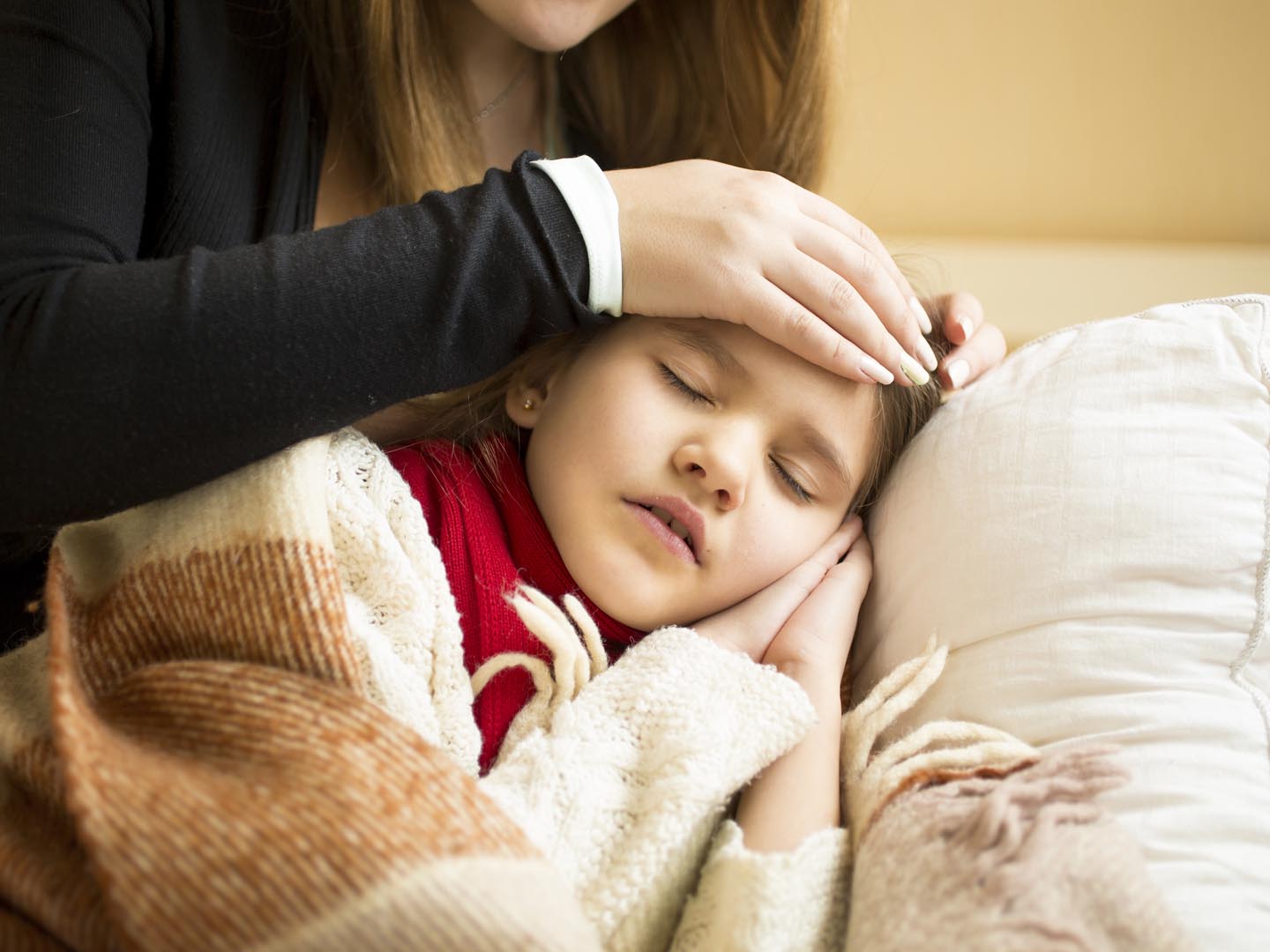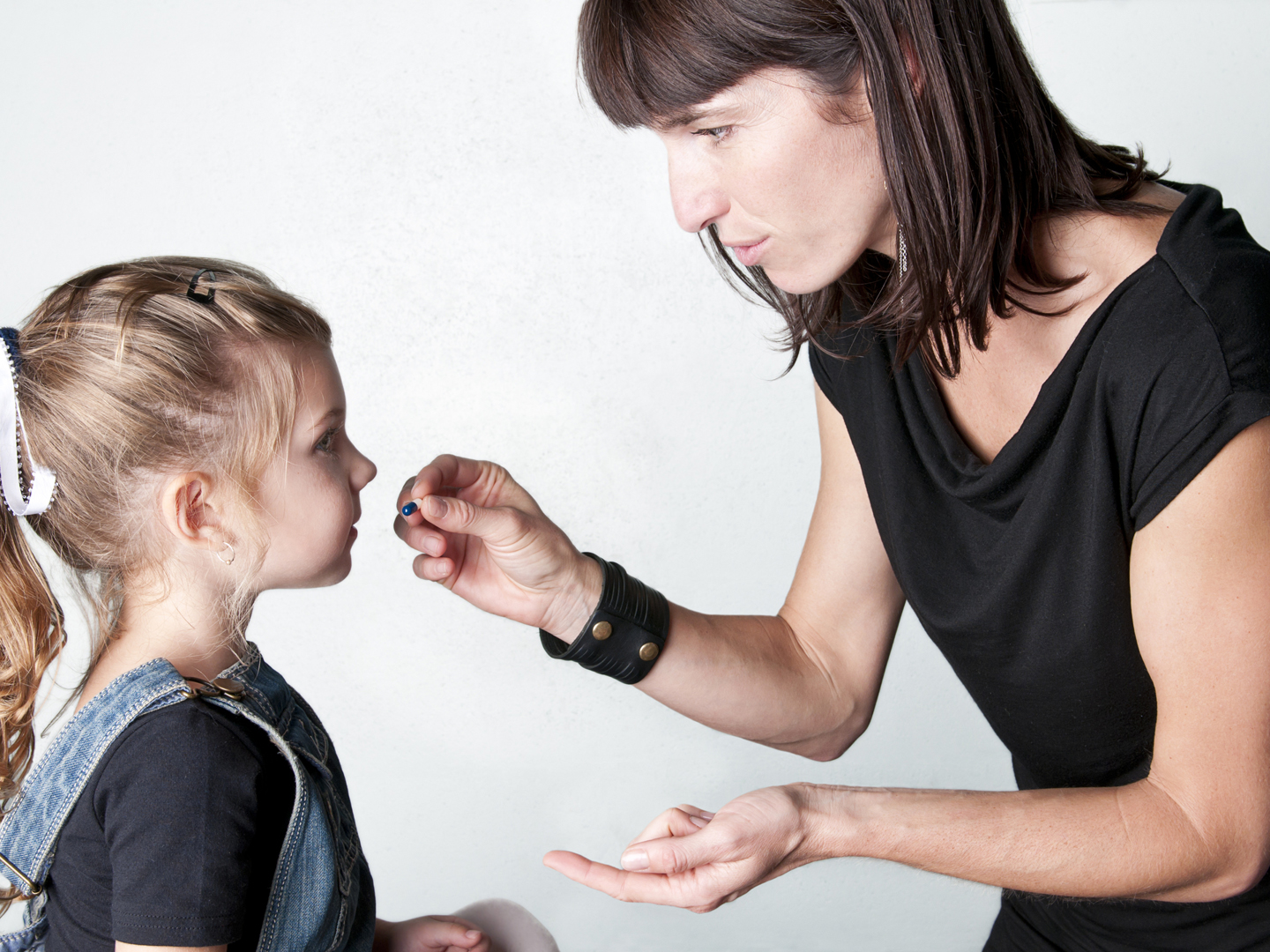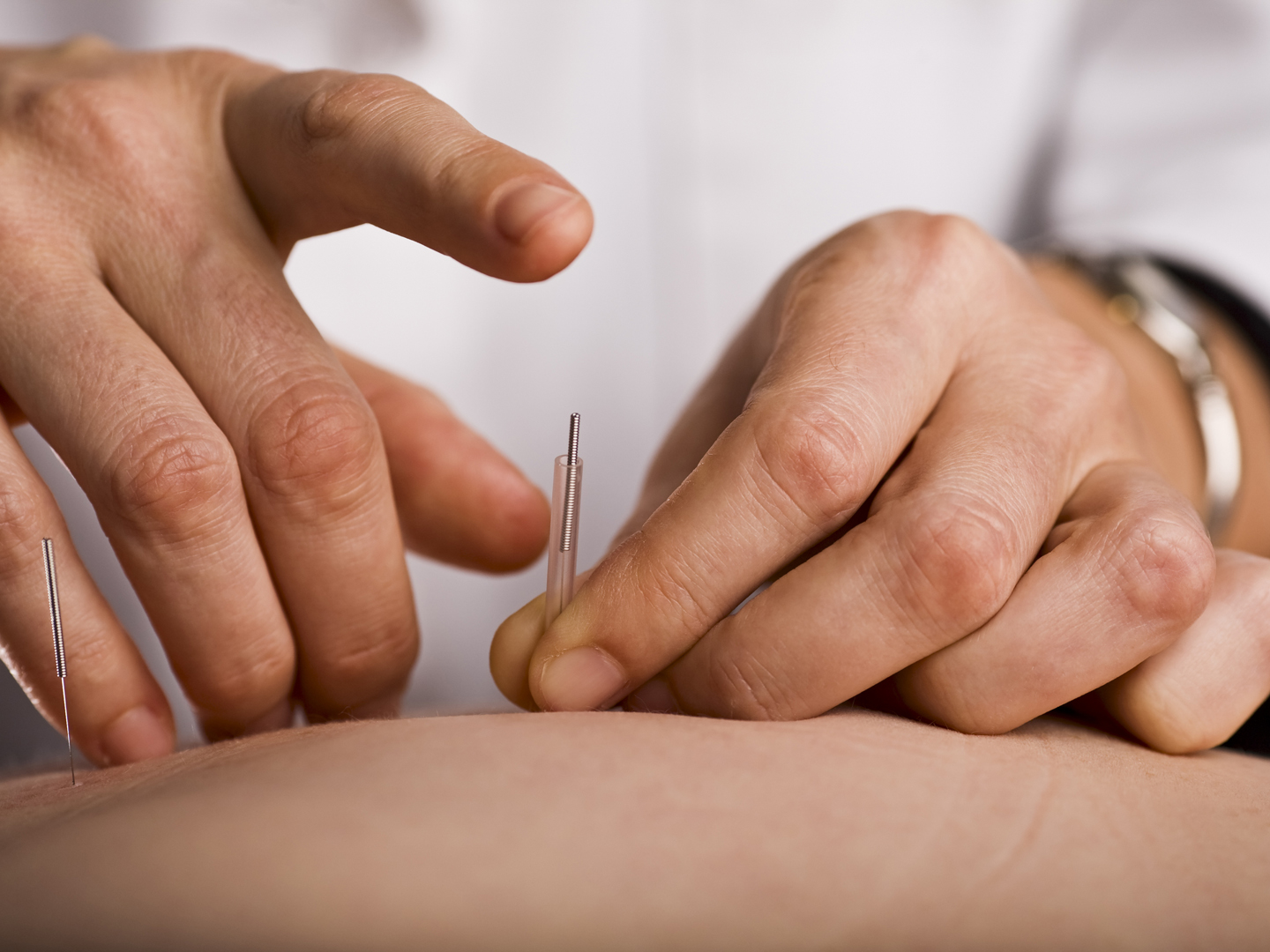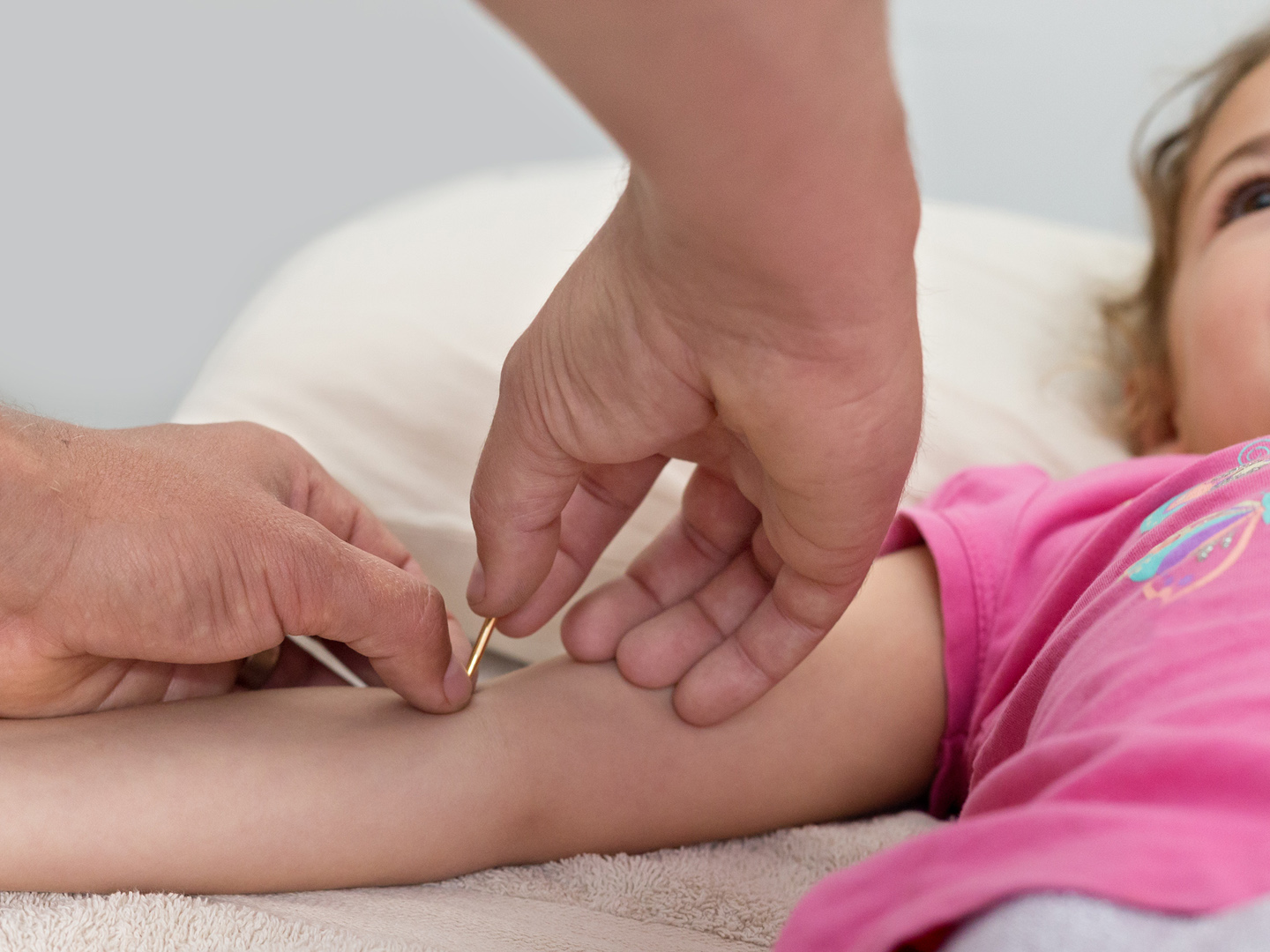Pelvic Exams For Teens?
Do teenage girls need pelvic exams and Pap tests? I thought they do, but now hear they don’t.
Andrew Weil, M.D. | March 16, 2020

The short answer to your question is “No.” Results of a new study show that millions of young women are being subjected to these procedures unnecessarily. According to researchers at the University of California San Francisco (UCSF) and the U.S. Centers for Disease Control and Prevention (CDC), an estimated 1.4 million pelvic exams and 1.6 million Pap tests performed in a single year on women ages 15 to 20, at an estimated cost of $123 million per year, may have been medically unnecessary.
The study’s senior author, George F. Sawaya, M.D., professor of Obstetrics, Gynecology and Reproductive Sciences at UCSF, said parents of adolescents and young women “should be aware that cervical cancer screening is not recommended routinely in this age group. Pelvic exams are not necessary prior to getting most contraceptives and are often not needed to screen for sexually transmitted infections.”
For the record, the U.S. Preventive Services Task Force, the American College of Obstetricians and Gynecologists and the American Cancer Society do not recommend cervical cancer screening for women under 21, and other professional organizations recommend against performing pelvic exams in asymptomatic women in that age range who are not pregnant.
The researchers classified pelvic exams as either medically indicated or potentially unnecessary. Medical indications are pregnancy, problems related to use of an intrauterine device, or in connection with treatment for a sexually transmitted disease.
The investigators estimated that of approximately 2.6 million pelvic exams performed on young women during the previous year, more than half (54.4 percent) were potentially unnecessary.
The study also revealed that an estimated 2.2 million young women had a Pap test within the past year. Because 72 percent of these tests were performed as part of a routine pelvic exam, the investigators viewed all 1.6 million of them as potentially unnecessary.
Additionally, young women screened for sexually transmitted infections were 3.8 times more likely to receive a Pap test and 60 percent more likely to receive a pelvic exam, compared to women who had not been screened. Young women who used hormonal contraception other than an IUD were 75 percent more likely to receive a Pap test and 31 percent more likely to receive a pelvic exam, compared with those who didn’t use these birth control methods.
Bottom line: Needless tests “can lead to false alarms, unnecessary treatment, and needless cost,” said first author Jin Qin of the CDC. She added that many health care professionals “still believe that the pelvic examination is a useful tool to screen for gynecologic cancers, contrary to guideline recommendations.”
For the record: The U.S. Preventive Services Task Force gives women the following options for cervical cancer screening:
- A Pap test every three years for women between the ages of 21 and 29, and as an option for women age 30 to 65.
- An HPV test every five years for women age 30 to 65. HPV stands for the human papillomavirus, certain strains of which are responsible for about 90 percent of cervical cancers.
- Both tests every five years for women age 30 to 65.
Andrew Weil, M.D.
Source:
Jin Qin et al, “Prevalence of Potentially Unnecessary Bimanual Pelvic Examinations and Papanicolaou Tests Among Adolescent Girls and Young Women Aged 15-20 Years in the United States.” JAMA Internal Medicine, January 56, 2020; DOI: 10.1001/jamainternmed.2019.5727












